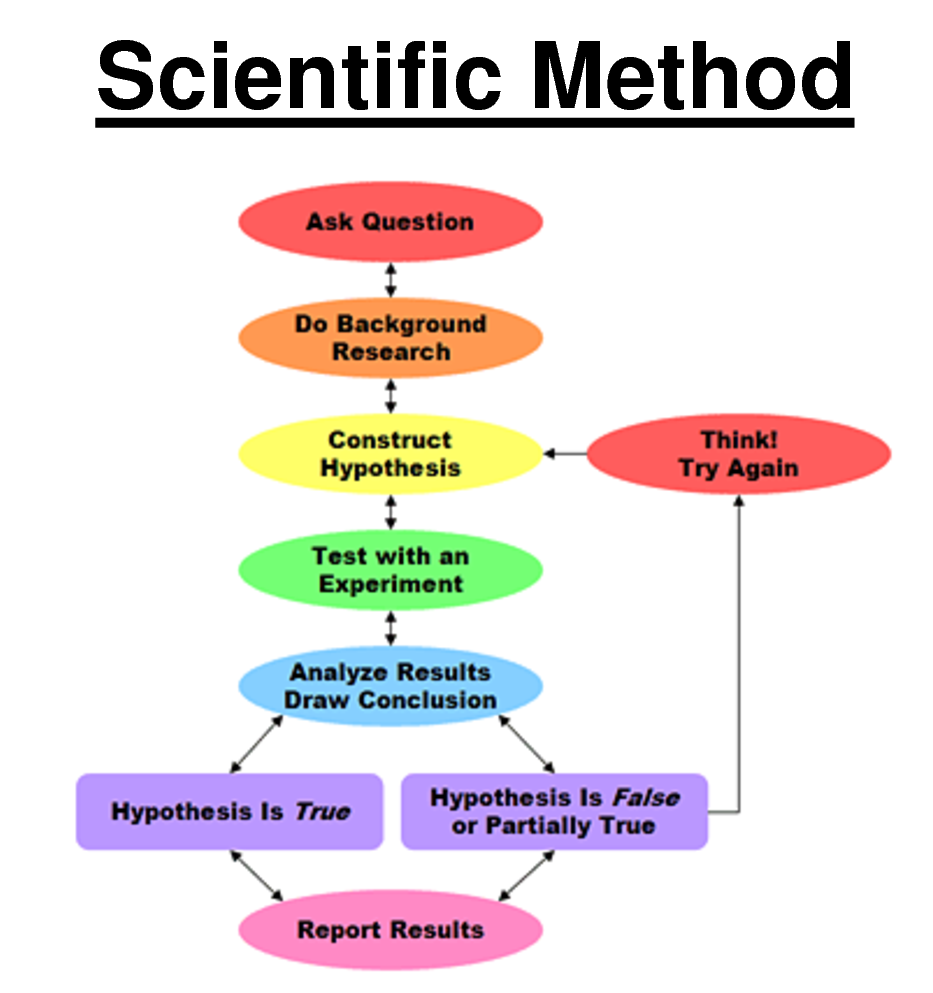Ever wonder how and why we measure animal behavior?
If you have decided to join our Pacing Pandas Citizen Scientist team you should have a pretty good idea of what we’re talking about! In the interest of streamlining the process for our citizen scientists, however, we did skip over some of the basics of formalized animal behavior research.
That’s why we’re concentrating our next series of blog posts on teaching everyone just a little bit more about what goes on with PDXWildlife research projects!

How do we Define Behavior?
Animal behavior, at times, can be somewhat of a mystery. Through observation and research we can determine reasons behind the way animals act; whether it is due to stress, human impact or other environmental factors. With Covid-19 as the focal point of our world today, it is interesting to note that animals have flourished as humans have been confined to their homes1,2,3,4. This is a great indicator that wildlife are impacted by various factors, especially human-caused factors, that lead to behavioral changes.
In studying animal behavior we refer to Tinbergen’s four questions in determining aspects of animal behavior: functions, mechanisms, development and evolution. Behavior can be described either in terms of its structure (appearance and physical form) or its consequences (effect of the behavior on the environment, other individuals or the subject itself). Behavioral descriptions also often include spatial relation of the subject to the environment or other individuals (“approach the mate” or “leave the nest”).

What is an Ethogram?
Since behavior is a continuous stream of actions, in order for it to be quantified and described we need to divide it in categories, which should be appropriate for the question asked, precisely defined, independent of one another and homogeneous. Behaviorists call this an Ethogram. A behavioral ethogram would, for instance, be a list of categorized behaviors with written descriptions of what they look like and when to record them. An ethogram doesn’t have to include every behavior seen in a species. In fact, you can develop different ethograms specific to the question being asked by your research. Our Pacing Panda’s ethogram is a good example of focusing intently on specific behaviors in order to answer a directed research question.

How do we Answer our Behavior Questions?
Research questions can be answered based on:
Behavior Elements
Behavior Patterns
Behavior Sequences
Behavior elements are basically the ‘details’ of a behavior. Certain questions may only require us to look at these. A few examples that can be observed in the Pacing Panda program include:
- Pirouettes – Giant pandas standing on hind legs and spinning at least 90 degrees
- Reverse Scent Marking – rubbing the anogenital region (tail up) against object
- Vocalization – Giant panda creates a bleating noise.
Behavior patterns are more complex and are often combinations of behavior elements. More complex questions may require us to look for these. For example:
- A giant panda locomoting, then performing a pirouette followed by further locomoting while creating a bleating vocalization.
Behavior sequences are sufficient to look at when a bear is extremely stereotypic, and performs a fixed sequence of three behavior patterns. Certain questions may require us to determine these sequences prior to recording data. For example:
- A bear can be observed performing behaviors beginning with a pacing behavior and continuing with more repetitive behaviors in a fixed pattern.
Once you have whatever the level of description (element, pattern or sequence) behaviors can be quantified you can tailor your ethogram to answer your research question.
Interesting in Learning How to Develop an Ethogram?
We’ll talk more about developing a specific ethogram and different ways to use that ethogram to measure animal behavior in our next blog!
PDX Wildlife Team


Really informational and interesting! Thank you!